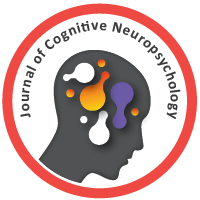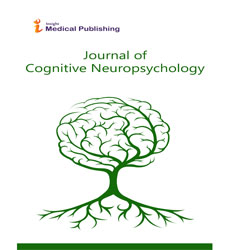Cannabidiol use for Newborn to 18 Years old with Treatment Resistant Epilepsy
Abstract
Childhood epilepsy is a neurological disorder with sudden, recurrent loss of consciousness and convulsions, which are associated with abnormal electrical activity in the brain (Mayo Clinic, 2019). Most seizure disorders can be controlled with medication, but some types of epilepsy are complex and resistant to medications. Some of the more severe forms of treatment-resistant epilepsy (TRE) are Dravet syndrome, Lennox-Gastaut syndrome, and malignant migrating partial seizures that can begin during infancy. Treatment-resistant epilepsy is a devastating illness. A positive correlation between CBD and a reduction in seizure frequency has been identified. Additionally, a common theme amongst all the researchers is the need for further studies. Randomized, placebo-controlled, blind studies are needed to identify the true efficacy and over the safety of CBD for treatment-resistant epilepsy. This research reviews the negative and positive side effects of cannabidiol. The current research conveys a clear correlation between the use of CBD and seizure control. Although cannabidiol shows to have a positive effect, the side effects are variable and prompt the need for further research to support its use in patients living with treatment-resistant epilepsy.

Open Access Journals
- Aquaculture & Veterinary Science
- Chemistry & Chemical Sciences
- Clinical Sciences
- Engineering
- General Science
- Genetics & Molecular Biology
- Health Care & Nursing
- Immunology & Microbiology
- Materials Science
- Mathematics & Physics
- Medical Sciences
- Neurology & Psychiatry
- Oncology & Cancer Science
- Pharmaceutical Sciences
